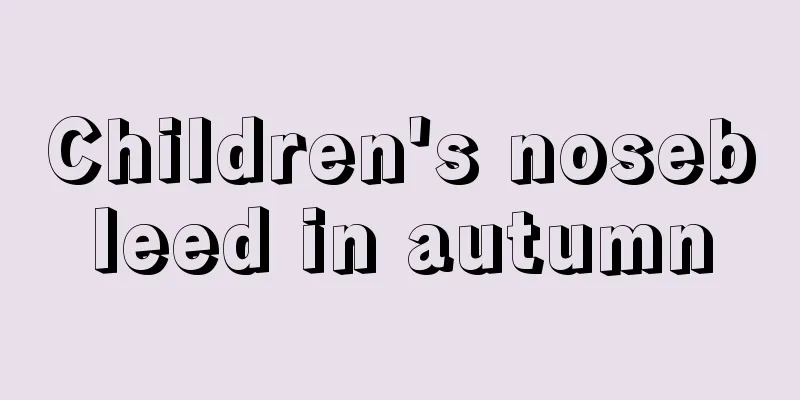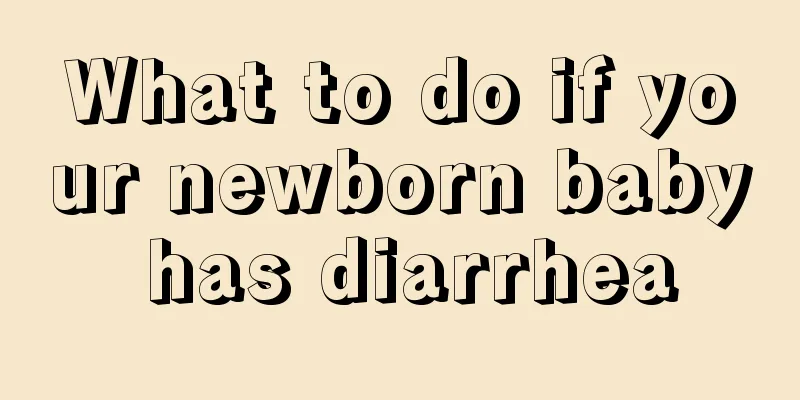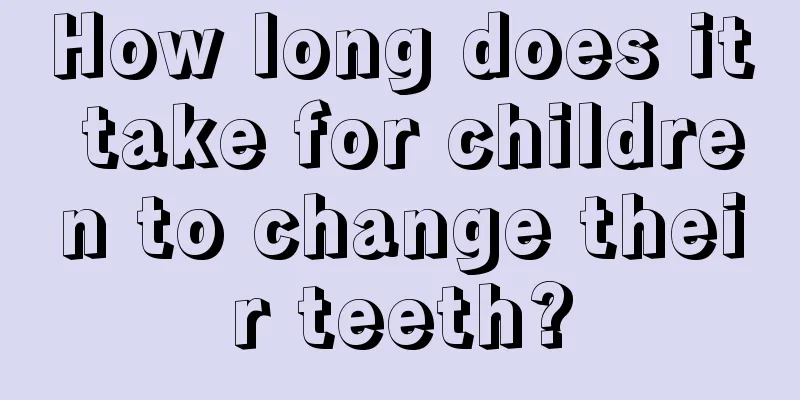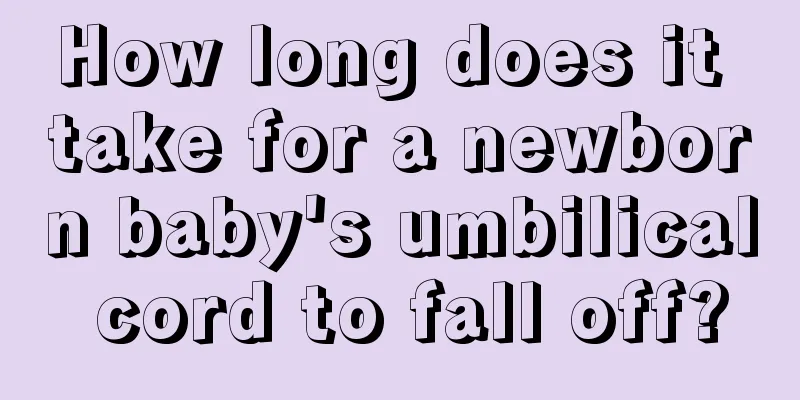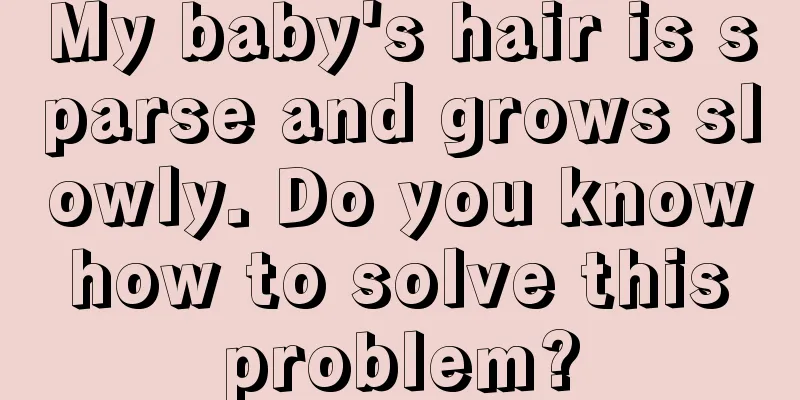Symptoms of muscular dystrophy in children

|
Muscular atrophy is a common disease in our lives. It has a certain impact on physical health, and muscular atrophy will also cause certain pain, which often causes great harm to children. Therefore, parents must pay great attention to it. If it is discovered in time and treated actively, the child’s muscular atrophy can be well recovered. Let’s take a look at the symptoms of muscular atrophy in children. There are generally three causes of muscle atrophy in children: neurogenic muscle atrophy, myogenic muscle atrophy, and disuse muscle atrophy. Neurogenic muscular atrophy mainly refers to the lesions of lower motor neurons such as the anterior horn cells of the spinal cord and peripheral nerves, and is a type of primary neurogenic muscular atrophy. The three are interrelated, and although upper motor neuron lesions also cause muscle atrophy, some people classify it as secondary, and in the late stage it is disuse atrophy. Myogenic muscular atrophy refers to a disease caused by the muscle itself. Disuse muscle atrophy is due to systemic wasting disease. Symptoms of muscular atrophy in children: 1. Progressive muscular atrophy of the distal limbs: It is often neurogenic muscular atrophy, mainly in the distal limbs. The interosseous muscles, thenar and hypothenar muscles of the upper limbs are obvious, while the atrophy of the tibialis anterior muscles of the lower limbs is more obvious. 2. Progressive proximal muscular atrophy of the limbs: It is often myogenic atrophy, which is obvious in the proximal limbs and trunk muscles. The symptoms of this muscle atrophy are often manifested as atrophy and weakness of the shoulder girdle muscles and pelvic girdle muscles. For example, due to weakness of the neck muscles, some patients need to use their hands to support themselves in order to lift their heads. Atrophy of the scapular muscles results in a winged scapula. Atrophy and weakness of the pelvic girdle muscles causes a distinctive "duck" gait. 3. Acute or subacute muscle atrophy: Generally, it is neurogenic atrophy, and its occurrence rate is related to the speed and degree of nerve damage. The more acute and severe the nerve damage and interruption, the faster and more obvious the muscle atrophy will occur. In acute onset, muscular atrophy occurs after paralysis, and the main clinical manifestation is paralysis, such as poliomyelitis, peripheral neuritis, Guillain-Barré syndrome, alcohol poisoning, etc. If not treated in time, symptoms such as paralysis will appear, posing a serious threat to the patient's life. Can The above is an introduction to the symptoms of muscle atrophy in children. After understanding it, we know that when such symptoms occur, we must take the child to a regular hospital for examination and treatment in time. In addition, we must help the child exercise more and pay attention to nutritional balance in diet. This can help the child recover his health. |
<<: What to do if your child has incomplete brain development
>>: What causes a heart murmur in a child?
Recommend
How is the fetus developing at 31 weeks of pregnancy?
The baby is the mother’s angel. Even though the m...
Why does the baby cry at night?
In the general impression of people, babies like ...
What to do if your baby has white spots on his nails
During infancy, if a child has a physical problem...
What should I do if my baby has poor digestion for more than one month?
For newborns, since their digestive systems have ...
Reasons for dark green stools in babies
In fact, babies are not very familiar with the su...
Oral anti-inflammatory drugs for children's trauma
Anti-inflammatory drugs can cure many abnormal di...
What should children eat if they have dry skin?
The cold winter is coming, and mothers will start...
Newborns sometimes have crossed eyes
If parents find that their newborn's eyes are...
What should I do if my baby suddenly coughs?
Coughing is a common disease in our daily life. H...
How to treat nasal erosion in children?
If erosion occurs in a child's nasal cavity, ...
How to prevent newborn spitting up?
Since the stomach and throat of a newborn baby ar...
Side effects of general anesthesia for children's surgery
Many people choose to have an anesthetic injectio...
The child has a sound in the trachea when breathing
If a child makes a sound in the trachea when brea...
What should I do if my baby has no appetite?
What should I do if my baby has no appetite? It i...
What to do if your newborn has a lump on his chest
When a newborn shows any abnormalities, a physica...
